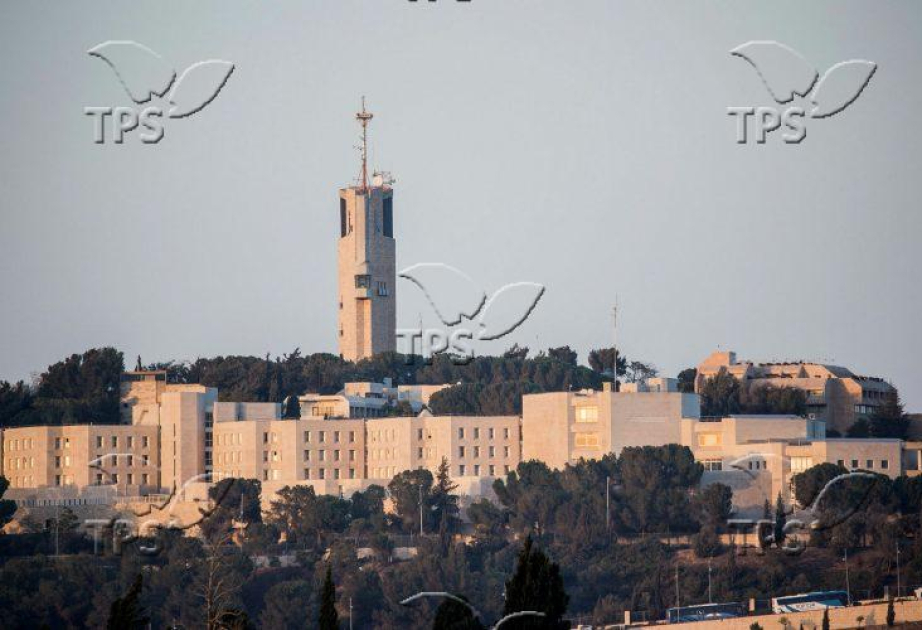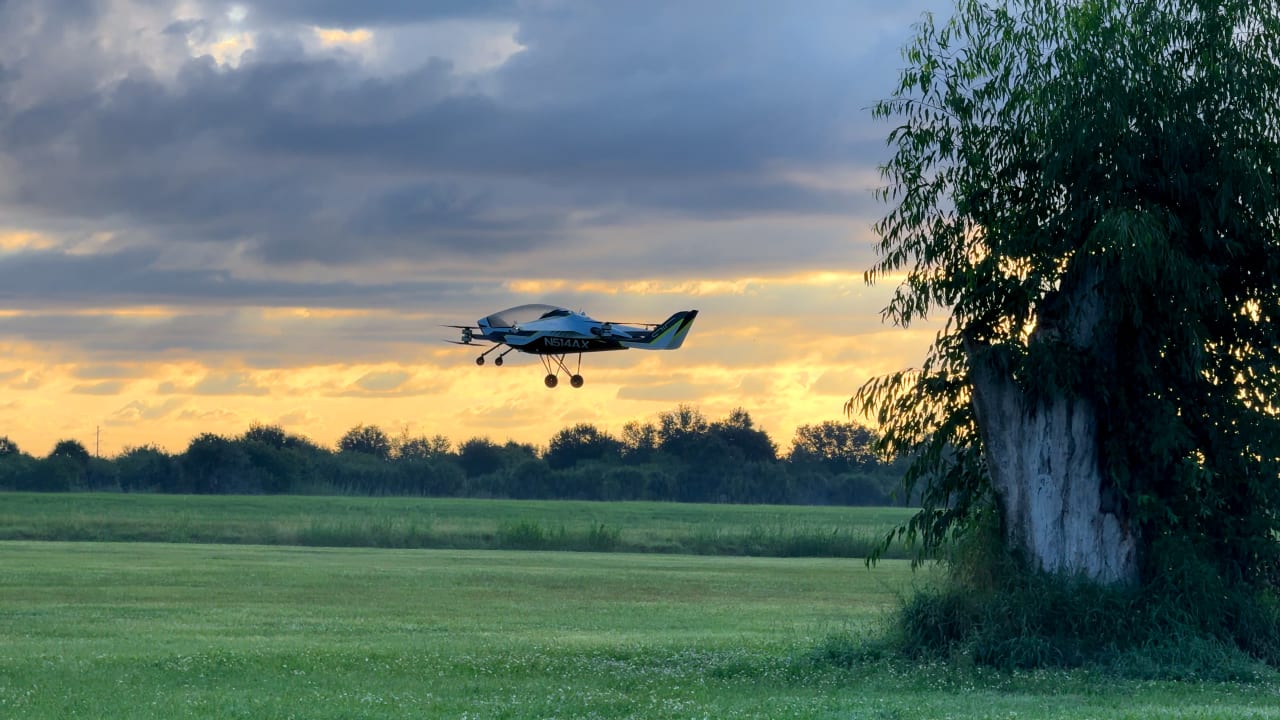Ruth Schuster
Model shrine and votive ram figurine complete with utensils may have been offerings by the simple folk to the gods in the Canaanite temple up the hill
Near the foot of Tel Megiddo, the earliest winepress ever found in Israel, and somewhat later evidence of Canaanite religious practices including what seems to have been a miniature shrine, have been discovered in salvage excavations thanks to efforts to rebuild a section of Highway 66 to make it less deadly.
The impetus behind the urgent surveys and salvage digs is a plan to relocate a particularly dangerous stretch of Highway 66 between Megiddo Intersection and Yokne'am. The new finds were unearthed in exploratory digs along a 1.2 kilometer strip parallel to the present road in order to see what's there and if further excavations are warranted.
They may be. The finds there, so far, announced by the Israel Antiquities Authority on Wednesday, are unprecedented, say Amir Golani and Barak Tzin, directors of the dig on behalf of the IAA.
A smoking wine press
One is the winepress that had been carved into a prominent outcrop of bedrock within the vibrant, sprawling Canaanite settlement at Megiddo in the Early Bronze Age, about 5,000 years ago.
Wine production facilities from later times were built in the fields near the vines. This however was in a residential zone of Early Bronze Age Megiddo, which may attest to the settlement's unique status in the region as a cultic center, the archaeologists suggest.
The origins of wine lie in prehistory, but evidence of its early production has been circumstantial. Giant clay jugs proven to have contained wine were reported from Neolithic Georgia from 8,000 years ago, for instance.
In Israel, the evidence for viticulture dates later, to the Early Bronze Age, and has also been circumstantial in the form of wine jars with telltale residue inside and grape seeds.
"We knew the Canaanites drank wine, and we knew wine was being produced," Golani says. "Now for the first time, we have the smoking gun of actual production."
The outcrop into which the press was cut was centrally located in the settlement, he adds. Around it, the archaeologists identified homes built of stone foundations and walls of mudbrick.
The Early Bronze Age was when urbanization in Canaan began. It was a time of population growth, a time when the great city-states of the Bronze Age began to emerge and, make no mistake, this Canaanite settlement at Megiddo was no mere village, Golani says. It was huge, spreading far beyond the boundaries of the tel.
The discovery of the press amid homes suggests it wasn't just a juicing machine but had importance for the community. Its location was also crucial to dating it because the age of a stand-alone stone winepress in the middle of nowhere with no associated pottery is hard to nail down.
Asked how it was identified as a winepress, Golani explains that you can see its treading floor sloping down to a collection vat.
'Tea' with the gods
Wine hints at inebriation and possibly ecstasy. Possibly an even more evocative find dates to around 1,700 years after the winepress: an actual set of Canaanite vessels for ritual purposes, as opposed to unrelated individual objects. It looks like a Canaanite tea set from 3,300 years ago, Golani jokes.
To drink with the gods, maybe. This extraordinary set seems to have been ritually buried in a pit. The centerpiece is a zoomorphic juglet shaped like a ram. The ceramic animal has a large opening on its back through which a liquid could be poured inside, then poured out from the spout exiting the ram's mouth.
A small cup was found deliberately wedged into that dorsal opening and, in fact, was slightly broken in order to fit properly. The archaeologists believe that the cup served as a funnel to fill the ram figurine with the liquid – maybe milk, wine or some intoxicating beverage.
But more! The ram juglet and its matching cup were found deliberately buried in a pit with two small clay bowls. They were a sacrifice, the archaeologists suspect. The artifacts were "ritually killed" and buried.
"For the first time in the entire region – we get a glimpse into the way Canaanites used these vessels in their ritual ceremonies thousands of years ago," Golani says.
In a different pit, the archaeologists found what they believe was a small model shrine – the schematic, miniaturized depiction of a Late Bronze Age temple.
At first glance, it reminds one of a miniature structure found at Tel Tsaf, but that one was much older, from 7,200 years ago, the Late Neolithic or early Chalcolithic, and the archaeologists there think it represented a silo celebrating the advent of food surplus and storage. This newly found artifact is completely different and doesn't represent some sort of continuity from the Tel Tsaf model, Golani thinks.
"It represents a schematic shrine or temple modeled after something known at that time. We know of such shrines from other sites as well, though they are usually much larger, even as clay models, and much more elaborate," he adds.
What are the commonalities with comparable items? Model temples are boxlike structures open at one side with a threshold, like a patio, and a visor on top. Others, found elsewhere, are elaborate, featuring images of animals, columns and so on. This one is crude.
What could that indicate? Possibly, this mini-shrine was an offering to the gods by simple folk, not the hoi polloi living in the homes up the hill, Golani posits.
It was placed and buried in a pit with other vessels that seem to have been carefully positioned. "You conclude, this is not a chance find; this has been dedicated, sanctified, purposefully entombed or buried along with other things," he says.
The big picture arising from the salvage excavations, designed to save latter-day Israelites from themselves, is that ancient Megiddo served as a regional cultic center, drawing people from all around the region – an activity that could have begun back when the wine was being produced on that outcrop within the town and expanding in the Late Bronze Age.
And, maybe, as people clustered from all over the land to ply the huge temple built in Megiddo during the Early Bronze Age – there was simply no place for them. Maybe simpler folk who came to worship at Megiddo or do whatever they did there brought this crude model shrine as their offering and donated it together with the substances in the other vessels – not via the priests in the imposing temple in the city, but outside, yet in the direct line of sight to the temple. Which has been called, possibly one of the biggest buildings in the whole of the Early Bronze Age Levant.
"Megiddo has been excavated for over a century," the researchers summarize. "While it is long-recognized as a key site in the study of ancient urbanism and Canaanite worship, the excavations we conducted east of the tel have revealed a new part of the matrix between the known settlement in the city on the tel and the activities taking place in the area around and outside the city. The 5,000-year-old hewn winepress places the beginnings of the local wine industry in a very early urban-settlement context, while the offerings from the period about 3,300 years ago indicate the continuity of ritual consecration and libations outside the sacred complex within the tel."
To be clear, the new salvage excavation isn't touching Legio, the only Roman Legion camp ever found in the Near East, which was also discovered in the vicinity of Tel Megiddo. That is also endangered by the future roadway.
The archaeologists who excavated Legio (which has been covered up again) are concerned that the new road will run over part of the ancient camp, though we note that the antiquities will be protected by the dirt between them and the asphalt. Perhaps in the future, when the new Highway 66 becomes, in its turn, obsolete, future archaeologists will dig up Legio again and armed with new technologies, will discover new things.
So what have we? Evidence that as urbanization began in this land, Megiddo was already a sprawling settlement much larger than had been previously appreciated. Megiddo hill may have been a major gathering place, maybe the biggest in the entire Jezreel Valley, so crowded that not everybody making a pilgrimage to the site could or perhaps wanted to sacrifice at the grand temple itself. Now the world must wait for the Powers to decide whether to continue digging and finding amazing antiquities, or go ahead and build the road.




















